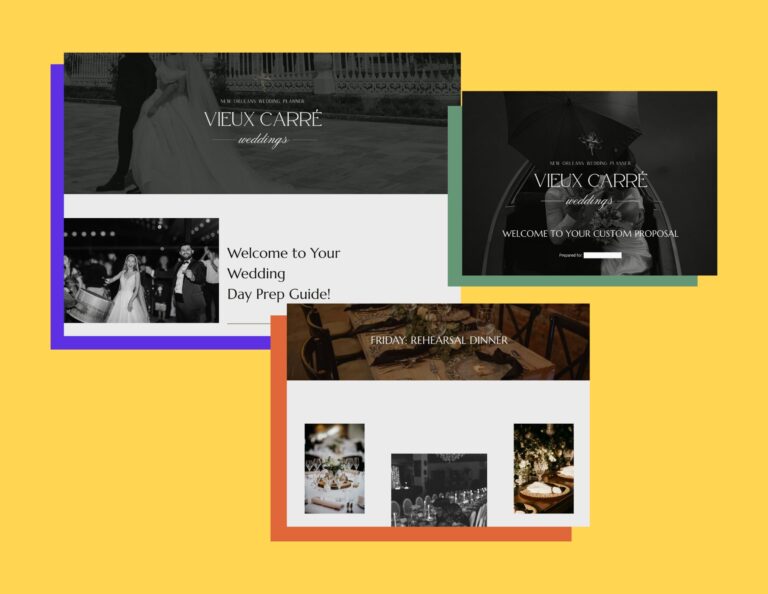With so much to learn about social media, we’ve sourced these top tips from our community of experts to help you grow your social media presence in 2018.

Create Content with Ease!
Contributed by Sarah Paikai of Honolulu, HI
Creating content for social media can sometimes feel overwhelming. Even if you know where to start or what topics to talk about, organizing your thoughts in a clear fashion can be challenging.
As a multi-passionate business owner myself, I get it. I have a million and one articles I’ve written that never made it past my Google doc. I have livestreams from old projects, and recordings from guest appearances on other people’s podcasts. That doesn’t include the series of workshops I’ve taught throughout the years on various subjects.
So many projects, so little time – it seems to have become the theme of my professional life.
Luckily for me, I found early on one of the easiest tools to create content for social media (in an efficient manner for this busy mama): repurpose things I already have.
Now, I know some people are afraid to reuse their content. I’m not, and here’s why:
- You already know what you’ve created is full of value
- Even if it’s dated, it’s really simple to take out the things that make it time sensitive
- There’s always space for improvement, so if you do a light touchup (emphasis on the word light) by adding in a few new things you’ve learned or that’s relevant to your viewers right now, you’ll be amazed at the finished product
- Most importantly, it saves you time. Time you can use to create those new projects you’re working on right now.
Here are 3 steps you can use to take to create your social media content
Step 1: Transcribe your live content. This can include past livestreams, workshops, or audio trainings you’ve done. Don’t have any? Try using past blog posts, email newsletters, or long Facebook posts.
Step 2: Read through your content and & break it out into segments. Tip: Anytime you complete a train of thought, switch topics, or say something that’s so great it can standalone, that’s a new segment.
Try not to worry too much about the length of each one. There is no “right amount of words” to have before you break it out into a new segment.
Step 3: Decide where you’ll use your content. Now that you have your word, stories, and messages all laid out, decide how you want to use it.
- Have a segment longer than 2 paragraphs? It’s a blog post.
- Got a great quote or strong statement? See if you can use it on Twitter, or turn it into a quote for Instagram
- Maybe you have a segment that’s between 4-6 sentences. Perfect for a Facebook post.
You can choose stock photos, recent pictures you’ve snapped yourself, or even create your own memes and graphics to go along with your content.
All that’s left is to hit post and you’re done.
—
Don’t Apologize for Taking Time for You
(contributed by Jenn Kavanagh of Hamilton, Ontario)
Never apologize for being absent from social media. Chances are, no one will even notice that you’re gone! Because of the way many of the platforms have their algorithms set up, most followers aren’t seeing all of your posts anyway and likely won’t notice that it’s the first time you’re posting in a week. Take a break, clear your mind, and be present in your real life. If using social media doesn’t add brightness and value to your day, and you’re finding yourself falling victim to the comparison game, there’s nothing wrong with taking some time away from it. Try tracking and limiting how much time you spend on it in a day or in a week and find your happy medium. Social media can be an amazing tool for your business, and an awesome way to keep up with friends and work peers, but it’s not real life, and don’t forget that!
—
Choosing the Right Social Media Platform for You
(contributed by Danielle Coughlin & Samantha Emmett of Palm Springs, CA)
Ah, social media platforms. There’s about 200 social media sites floating around the internet, however, only five of those are truly prominent in our daily lives. So how do you choose the right platform?
It really does boil down to your target audience. Teenagers and adults frequent many different forms of social media. Let’s say you’re trying to sell a new line of skateboards. You wouldn’t strictly market your product on Facebook. The social site no longer belongs to teenagers; about 68% of all U.S. adults use the social media site. Instead, make a video featuring people riding on the skateboard and post it to YouTube. Take pictures of the different colored skateboards and post it to Instagram. Host a giveaway on Twitter.
Before you dive into social media platforms, take a moment and think about who you’re marketing to.
Demographic: Mostly adults
Arguably the most well-known social site, Facebook is great for keeping upwith high school buddies and the family members you only see once a year. It’s great to have a company Facebook, but don’t solely rely on it. Your postcan easily be lost among all the family photos and funny videos.
Demographic: Business owners
If you own a small business, you should have an account with LinkedIn. The site is 100% focused on connecting people who work in similar industries. Networking, displaying business related news, and statistics are just some of the features of the site. LinkedIn is different from the traditional social media platform, but it is an invaluable resource for business owners.
Demographic: Teens/20 somethings/Adults
As fast paced as they come, Twitter was pretty much made for the ‘here today, gone tomorrow’ mentality of the Internet. Trending hashtags last anywhere from two to twenty four hours. Don’t let that deter you: Twitter is the place to interact with your clients. The social platform makes answering questions incredibly easy. Not only that, but it’s also a great place to release the latest news from your brand. Having a flash sale on your website? Make a Twitter post with the announcement, and include a link to your site.
Demographic: Teens/20 somethings
No longer used for just photographs, Instagram has rolled out quite a few changes over the past couple years. In 2013, they unveiled a private message feature, called Instagram Direct. It’s a great way for your audience to reach out with questions they have, and there’s less of a chance for you to miss their email. In 2016, Instagram began to implement a feature called ‘Stories.’ It can be a video, a livestream, or just another photo. Stories only last for twenty four hours, so if you wanted to build up excitement for an event that’s happening a couple weeks from now, you could do a daily countdown without clogging up your Instagram page.
YOUTUBE
Demographic: All ages
Another social media giant, YouTube is recognized globally. While, yes, it does feature a lot of non-business related content, it can still be a great tool for you. If you find that your audience has a great deal of questions, consider making a Q&A video. That way, not only do you answer their question, it’s also a way for a potential customer to get a first impression. There’s only so much to gather from the written word; actually seeing a person behind the business can sway a customer. Also, it shows your audience that you care about their concerns.
With all the social media platforms out there, it can be daunting to choose the right one. The five listed above are the most-well known and most-used social websites. Don’t be afraid to experiment with them; what works on Instagram may not work on Twitter.



